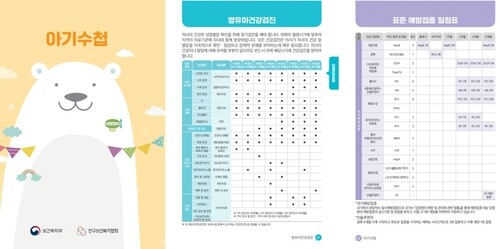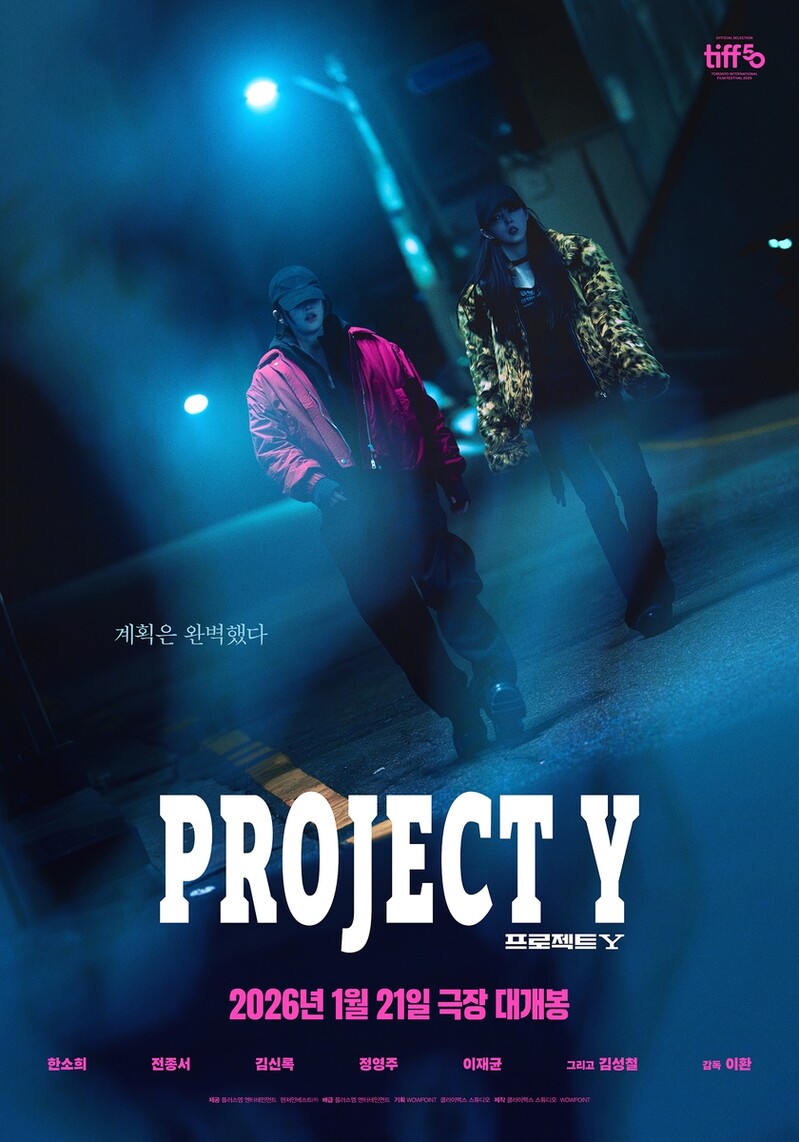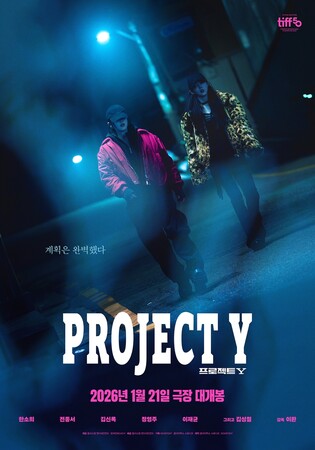*Editor’s note: The number of global Hallyu (Korean Wave) fans is approaching approximately 225 million, according to the 2024 report by the Korea Foundation. The surge in fans marks the dawn of the "Digital Silk Road" era, where communication transcends the limitations of time and space, enabling real-time interaction across the globe. Truly, we are in the era of "Hallyu 4.0."
Suk Soo-sun's Design Management Story: Designing Services for Multicultural Families
Contributed by Suk Soo-sun (professor at Yonsei Graduate School of Communication & Arts)

According to 2023 immigration statistics, the number of foreign residents in Korea reached an all-time high of approximately 2.26 million, including 174,895 marriage immigrants—a 3.1% increase from the previous year. Korea faces critical challenges related to population decline and low birth rates, threatening the sustainability of various local communities. Local governments have been actively introducing policies to prevent population loss and increase birth rates.
International marriages are becoming more common in Korean society, and multicultural families formed through such unions have become integral members of their communities, with 20% residing in rural areas. Social integration of multicultural family members, particularly marriage immigrants, has thus become a national priority, leading to expanded policies and support services.
Despite these efforts, immigrant residents continue to face language and cultural challenges, especially marriage immigrant women, who often experience stress due to communication barriers, food and cultural differences, and pressures related to childbirth and child-rearing. Although social adaptation programs are available, overcoming the inherent diversity within the multicultural community remains challenging. Policies must therefore consider specific needs based on immigrants' countries of origin to support their adjustment to Korean life.
 |
| ▲ Female immigrants review employment information at the 2024 Employment Fair for Marriage Migrants held at Seoul Family Plaza in Dongjak-gu, Seoul, on Sept. 5, 2024. (Yonhap) |
Healthcare Services for Marriage Immigrant Women
Marriage immigrant women in Korea are entitled to the same national healthcare benefits as Korean women, including prenatal care and education. However, access to these benefits remains limited for immigrant women in low-information environments. Many find it difficult to describe their symptoms or understand doctors' explanations due to language barriers and lack of interpretation support. Additionally, some healthcare staff exhibit resistance to using phone interpretation services, which further limits access to essential medical services.
This communication gap endangers the health rights of immigrant women, compromising their access to necessary medications, examinations, and treatments. Effective communication interventions are critical to promoting disease prevention, health maintenance, and quality of life for immigrants. Ensuring their health and fostering a supportive environment for child-rearing is a significant task for Korean society.
Expectant mothers are provided with maternity booklets that include comprehensive information on pregnancy and childbirth, while the government has also created multilingual "maternity" and "baby" booklets in nine languages (Korean, Russian, Vietnamese, Japanese, Chinese, Cambodian, English, Thai, and Filipino), as well as braille. These are distributed through public health centers and medical institutions nationwide. However, the unfamiliar terminology and text-heavy information within these booklets make comprehension and retention difficult, and the format’s lack of portability poses further challenges.
 |
| ▲ "The Pregnancy Notebook (2023)" by the Planned Population Federation of Korea has shown that intuitive graphic images are more effective for information delivery and comprehension than text alone. (PHOTO NOT FOR SALE) (Yonhap) |
While mobile applications are available, they are typically only translated into Korean and a few major languages, limiting accessibility for all immigrant women. Addressing these service gaps is essential to create an inclusive society where immigrant families can live with dignity and equal access to support services.
Research indicates that immigrant women from countries like China, the Philippines, and Vietnam have higher rates of high-risk neonatal births compared to Korean women. This trend appears linked to factors like nutritional deficiencies, lifestyle challenges, and limited access to prenatal health information and care. Past studies have highlighted that many immigrant women lack adequate nutrition and access to pregnancy-related information, underscoring a need for effective educational support and policy-driven assistance. Routine checkups and timely prenatal care could significantly reduce high-risk birth rates.
However, barriers persist, especially for undocumented and uninsured immigrants, whose numbers have more than doubled over the past decade. Among them, the number of undocumented young children, particularly those under five years old, remains difficult to estimate. Without access to public health coverage, these families face heightened healthcare challenges. The Ministry of Health and Welfare’s Foreign Worker Medical Support Program offers aid, but it is limited by complex eligibility criteria and a shortage of accessible medical facilities. A survey by Gyeonggi Province’s Foreigners’ Human Rights Support Center reported that 52.1% of undocumented immigrant parents could not bring their children to hospitals, citing high medical costs (39.3%), communication barriers (17.6%), and fear of identity exposure (7.6%).
 |
| ▲ "The Baby Notebook (2023)" by the Planned Population Federation of Korea demonstrates that intuitive graphic images significantly enhance the effectiveness of information delivery and understanding compared to text-based information. (PHOTO NOT FOR SALE) (Yonhap) |
Immigrant support organizations, such as Together with Migrants, found that last year, of nine young children they assisted, eight were under the age of five, with six requiring intensive care. Undocumented pregnant women face an added level of distress, as their precarious status amplifies risks associated with safe pregnancy and childbirth, which can increase rates of miscarriage, stillbirth, preterm delivery, and neonatal health issues.
Local governments provide support through multicultural and family welfare centers, offering programs for prenatal care, parenting classes, and delivery education. Despite the availability of these programs, many immigrant women struggle to access or fully understand them due to language barriers. Although family welfare centers employ translators, they cannot support all expectant mothers.
Addressing these healthcare communication issues is essential to transform childbirth from a moment of fear or hardship into one of joy. For many immigrant women, understanding medical guidance remains difficult; even when understood, such information is often not retained. Furthermore, healthcare providers face limitations in explaining complex information within brief consultation windows. It is crucial that all parties have efficient access to information, facilitating actionable changes that enhance quality of life.
To improve healthcare communication, there is a growing emphasis on using design and artificial intelligence (AI) solutions. Information design, for instance, uses charts and graphs to visually simplify complex data, making it more accessible. Infographics can convey information quickly through storytelling and visuals, enhancing comprehension and retention.
For immigrant mothers, visual guides and translation cards are vital for explaining prenatal and postpartum procedures. Translation cards with illustrations or icons can allow patients to intuitively convey symptoms and concerns, while easily understandable information enhances long-term recall and effective communication. (Continued)
(C) Yonhap News Agency. All Rights Reserved



































